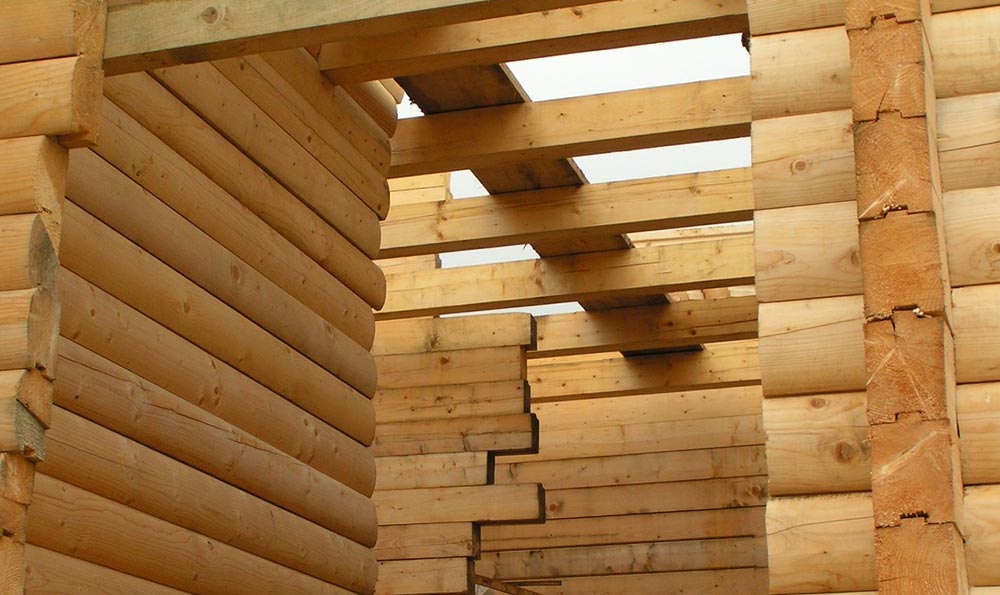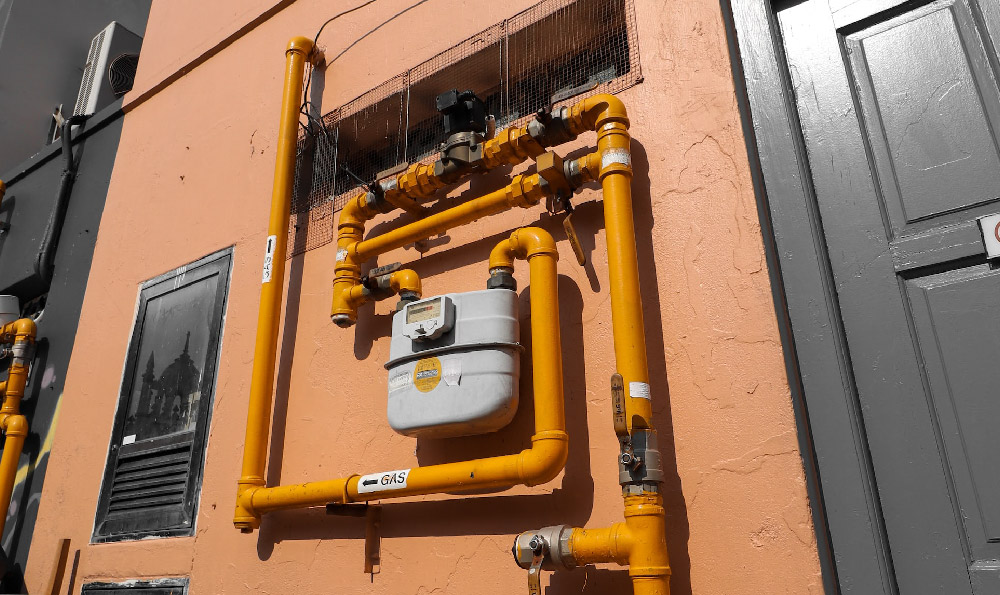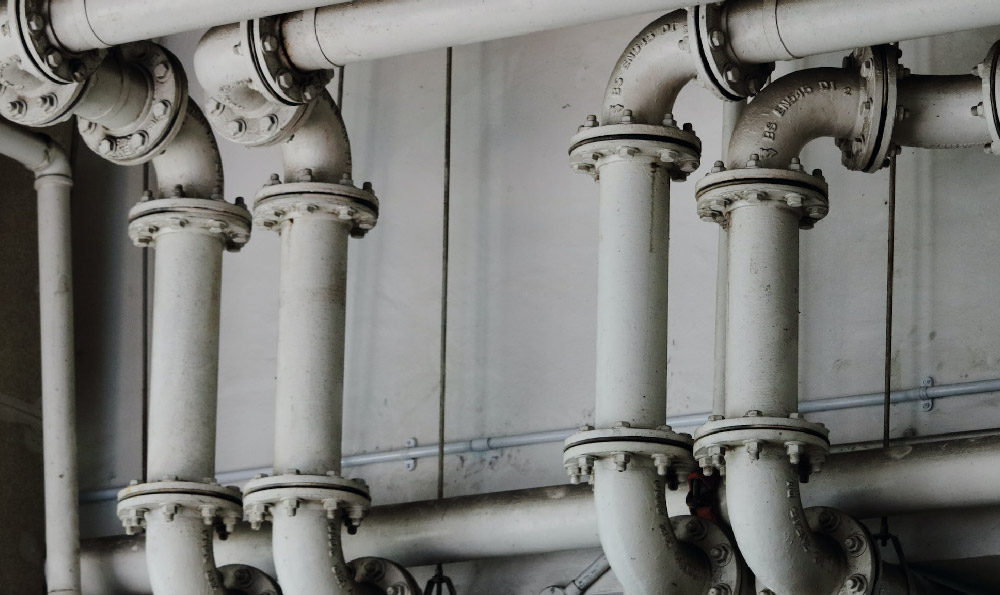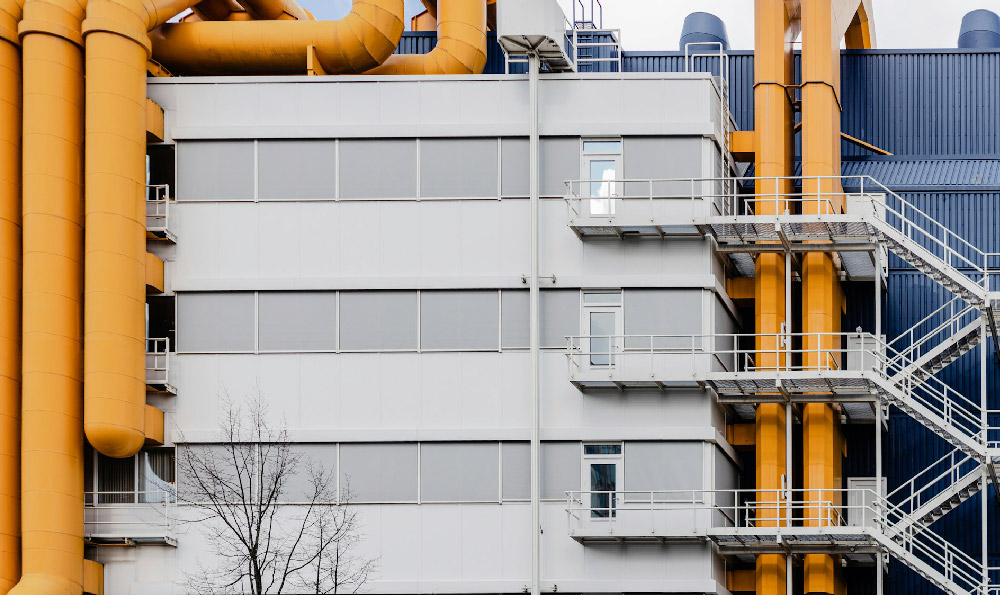无缝钢管是现代工业领域中广泛应用的一种管材,其国标规格厚度对于管道的使用安全和性能至关重要。本文将介绍无缝钢管的国标规格厚度,通过比较和对比,为读者提供相关行业知识和专业信息。

1. 无缝钢管国标规格厚度的概述
无缝钢管国标规格厚度是指根据国家相关标准和要求,针对不同应用领域和需求,对无缝钢管的厚度进行规范化和标准化。这些规格厚度旨在确保无缝钢管具备足够的强度和耐久性,可以适应各种工业场景和环境条件的要求。
2. 无缝钢管国标规格厚度的分类
根据不同的需求和应用,无缝钢管国标规格厚度可以分为多个分类。常见的分类包括:一般用途管、结构管、低温管、石油管、化肥管、船舶管等。每个分类都有其特定的国标规格厚度,以满足不同行业和领域的需求。
3. 无缝钢管国标规格厚度的比较和对比
在不同分类中,无缝钢管国标规格厚度存在差异。这些差异往往基于具体的要求和应用环境,以确保无缝钢管能够达到相关行业标准和技术指标。在石油管分类中,厚度要求相对较高,以应对高压和腐蚀等特殊环境。而在一般用途管中,厚度要求相对较低,以满足一般工业领域的使用需求。
4. 无缝钢管国标规格厚度对管道性能的影响
无缝钢管国标规格厚度的合理选择对管道的使用安全和性能具有重要影响。过厚或过薄的管壁可能导致管道的强度不足或者使用寿命缩短。根据具体的应用需求和环境条件,选择合适的国标规格厚度对于保障管道的安全运行至关重要。
5. 结语
无缝钢管国标规格厚度作为无缝钢管行业的重要标准之一,对于管道的质量和性能具有关键作用。通过比较和对比不同分类中的规格厚度,可以更好地选择适应特定需求和工业环境的无缝钢管。希望本文能够为读者提供有益的行业知识和专业信息,以促进相关行业的发展和进步。
总字数:406字
无缝钢管厚度国标要求及允许偏差
引起读者的注意:

您是否知道无缝钢管在使用过程中厚度的标准要求以及允许的偏差范围是多少?这对于无缝钢管的质量和使用安全至关重要。本文将介绍无缝钢管厚度的国标要求以及允许的偏差范围,为您解答这个问题。
介绍文章的
本文将按照以下几个方面进行(1)无缝钢管厚度的国标要求;(2)无缝钢管厚度允许的偏差范围;(3)无缝钢管厚度与质量的关系;(4)无缝钢管厚度的检测方法。
按照论述内容逐一展开:
无缝钢管厚度的国标要求是根据不同的应用领域和具体需求而定。石油工业中的管道需要承受高压力和高温环境,因此对无缝钢管的厚度要求相对较高。国家标准对于不同应用领域的无缝钢管厚度都有具体规定,保证了无缝钢管能够满足相应的使用需求。
无缝钢管的厚度允许存在一定的偏差范围。这是由于生产过程中难免存在一些不可控的因素,如材料的差异、工艺的限制等。国家标准对于无缝钢管的厚度允许存在一定的正负偏差范围,以保证无缝钢管的质量和使用安全。
无缝钢管的厚度与其质量密切相关。过大的厚度偏差可能导致无缝钢管的承载能力下降,从而影响其在使用过程中的稳定性和安全性。过小的厚度偏差则可能导致无缝钢管在高压力和高温环境下的失效,使其无法满足相应的使用要求。
关于无缝钢管厚度的检测方法,目前主要有超声波测厚法、磁粉探伤法等。这些方法可以对无缝钢管的厚度进行准确的测量和评估,从而及时发现和解决厚度偏差问题,保证无缝钢管的质量和使用安全。
总结主要观点和
无缝钢管厚度的国标要求及允许偏差在保证无缝钢管质量和使用安全方面起着重要作用。了解和遵守这些国标要求对于无缝钢管生产和使用都具有重要的意义。适当的厚度检测方法也可以帮助我们及时发现和解决无缝钢管厚度偏差问题,确保其质量和使用安全。
"Iron and steel are the backbone of the industry." This sentence reflects the important role of iron and steel in various industries. The thickness of seamless steel pipes is an important parameter that determines its quality and performance. However, do you know the national standard requirements for the thickness of seamless steel pipes and the allowable deviation range? In this article, we will discuss the national standard requirements for the thickness of seamless steel pipes and the allowable deviation range, and explore the significance and value of these standards.
Firstly, let's start with the national standard requirements for the thickness of seamless steel pipes. The national standards for seamless steel pipes vary according to different applications and specific needs. For example, in the petroleum industry, pipelines need to withstand high pressures and temperatures, so the requirements for the thickness of seamless steel pipes are relatively high. The national standards specify the specific requirements for the thickness of seamless steel pipes in different application areas, ensuring that they can meet the corresponding usage needs.
Secondly, it is important to note that there is an allowable deviation range for the thickness of seamless steel pipes. This is because the production process of seamless steel pipes inevitably involves some uncontrollable factors, such as material differences and process limitations. The national standards allow for a certain positive and negative deviation range for the thickness of seamless steel pipes to ensure their quality and safety of use.
The thickness of seamless steel pipes is closely related to their quality. Excessive thickness deviation may lead to a decrease in the load-bearing capacity of seamless steel pipes, affecting their stability and safety during use. Conversely, insufficient thickness deviation may result in the failure of seamless steel pipes under high pressure and temperature, rendering them unable to meet the corresponding usage requirements.
Lastly, let's discuss the inspection methods for the thickness of seamless steel pipes. Currently, there are ultrasonic thickness measurement and magnetic particle flaw detection methods available. These methods can accurately measure and evaluate the thickness of seamless steel pipes, enabling the timely detection and resolution of thickness deviation issues, thereby ensuring the quality and safety of seamless steel pipes.
In conclusion, the national standard requirements and allowable deviations for the thickness of seamless steel pipes play a crucial role in guaranteeing their quality and safety of use. Adhering to these standards is of great significance to the production and use of seamless steel pipes. Furthermore, employing appropriate thickness inspection methods can help us detect and resolve thickness deviation issues in a timely manner, ensuring the quality and safety of seamless steel pipes. As we continue to expand our understanding of seamless steel pipes and improve our inspection techniques, we can further enhance the quality and performance of seamless steel pipes, contributing to the development and progress of various industries.
DN100无缝钢管国标厚度
导言:

DN100无缝钢管是一种常见的管道材料,用于多个行业中的输送流体和气体。该行业文章将介绍DN100无缝钢管的国标厚度,并探讨其在相关行业中的应用和重要性。
一、DN100无缝钢管的国标厚度定义及标准
DN100无缝钢管的国标厚度是指管道壁厚的规范和要求。国标厚度的制定是为了确保无缝钢管的质量和安全性。国家标准委员会对DN100无缝钢管的国标厚度做了严格规定,以确保其在使用中能够满足需求并保持稳定性。
二、DN100无缝钢管的国标厚度应用领域
DN100无缝钢管的国标厚度在多个行业中都得到了广泛的应用。石油、化工、电力、冶金等行业都需要使用DN100无缝钢管进行输送流体和气体。国标厚度的规定使得这些行业能够在管道运输过程中保证安全可靠,并减少故障和意外事件的发生。
三、DN100无缝钢管国标厚度的重要性
DN100无缝钢管的国标厚度对于管道的性能和使用寿命具有重要的影响。合理的厚度能够增强管道的强度和刚度,提高其耐压和耐腐蚀能力。国标厚度的规定还能够减小管道内外的温度差异对管道造成的影响,保持管道的稳定性和可靠性。
四、结论
DN100无缝钢管的国标厚度是保证管道质量和安全的重要因素。通过严格规定管道壁厚,能够确保无缝钢管在多个行业中的应用效果,并提高整个行业的生产效率和安全水平。对于使用DN100无缝钢管的行业来说,了解和遵守国标厚度的要求至关重要。
本文介绍了DN100无缝钢管的国标厚度,探讨了其在相关行业中的应用和重要性。国标厚度的规定使得无缝钢管能够满足行业需求,并提高管道的安全性和可靠性。了解和遵守国标厚度的要求对于使用DN100无缝钢管的行业来说至关重要。
















